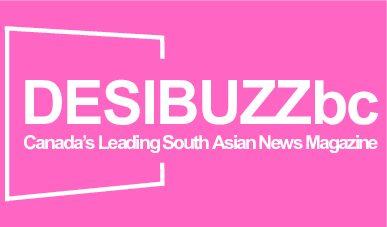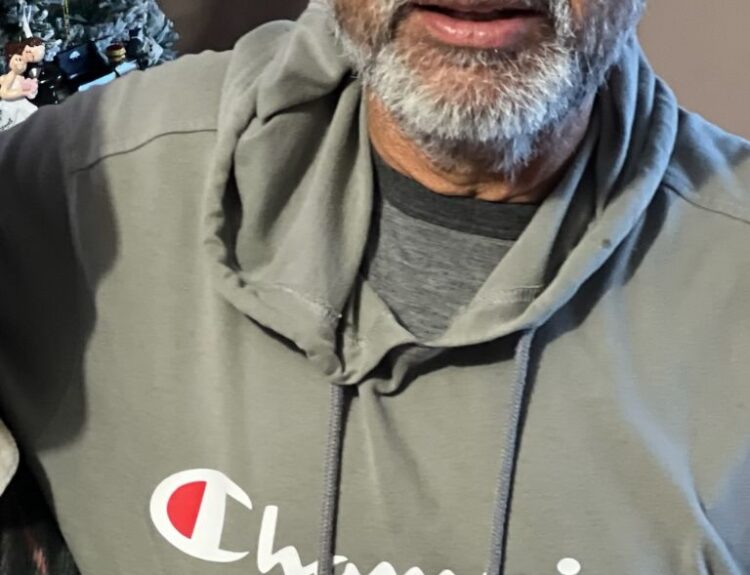RICHMOND – The BC NDP government has opted for a new eight-lane immersed-tube tunnel instead of a bridge as proposed by the previous BC Liberal government to replace the George Massey Tunnel on Highway 99, providing a toll-free crossing that they said aligns with regional interests and improves transit, cycling and walking connections across the Fraser River.
“A new crossing to replace the George Massey Tunnel will improve traffic flow and make travel by transit, walking and cycling more convenient and attractive, without costing commuters hundreds of dollars a year in unfair tolls,” said Rob Fleming, Minister of Transportation and Infrastructure. “We’ve worked hard to make sure this is the right project for the region, and along with the other Highway 99 improvements getting underway, we’re getting people moving around in the region.”
The new eight-lane tunnel will be in operation in 2030, with the cost estimated at $4.15 billion. Two of the eight lanes will be dedicated for bus rapid transit, and there will be separated pathways for cyclists and pedestrians. In the interim, the Province has started work to reduce traffic congestion by launching projects to improve transit and cycling infrastructure along the Highway 99 corridor and replace the Steveston Interchange.
“This new crossing will ensure a strong and reliable connection along one of British Columbia’s most important trade corridors, while also providing people and families with more choices about how they travel in their day-to-day lives,” said Bowinn Ma, Minister of State for Infrastructure. “Dedicated transit lanes and fully separated active transportation pathways are an exciting addition that will give more people safe and competitive alternatives to travelling by car.”
Ravi Kahlon, Minister of Jobs, Economic Recovery and Innovation, said, “In addition to benefits for drivers, this new tunnel will bring a lane dedicated to bus rapid transit across the Fraser River on Highway 99 and also improve connections for cyclists and pedestrians. We have worked very closely with local municipalities, Indigenous leaders and TransLink to reach the right solution for the Metro Vancouver region.”
Two options were presented in the business case – an eight-lane tunnel and eight-lane bridge. Both options were given serious consideration. The tunnel was chosen as the best option, because it:
* best meets regional vision/interests, as endorsed by the Metro Vancouver Board;
* limits any new visual, noise, shading and lighting impacts over the life of the structure;
* has the fewest impacts to agricultural land and will not introduce new navigational restrictions to the Fraser River;
* allows for work to start immediately on the bottleneck areas of the Highway 99 corridor;
* best facilitates the movement of trucks and cyclists with a much lower overall elevation change; and
* provides protection from inclement weather for everyone who uses this crossing.















